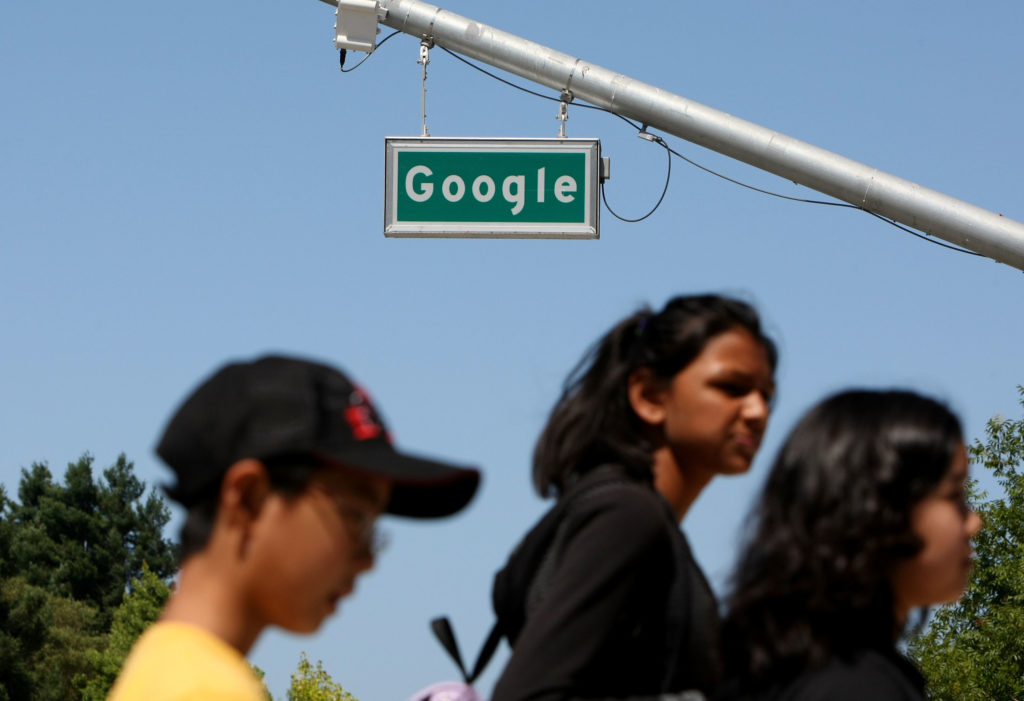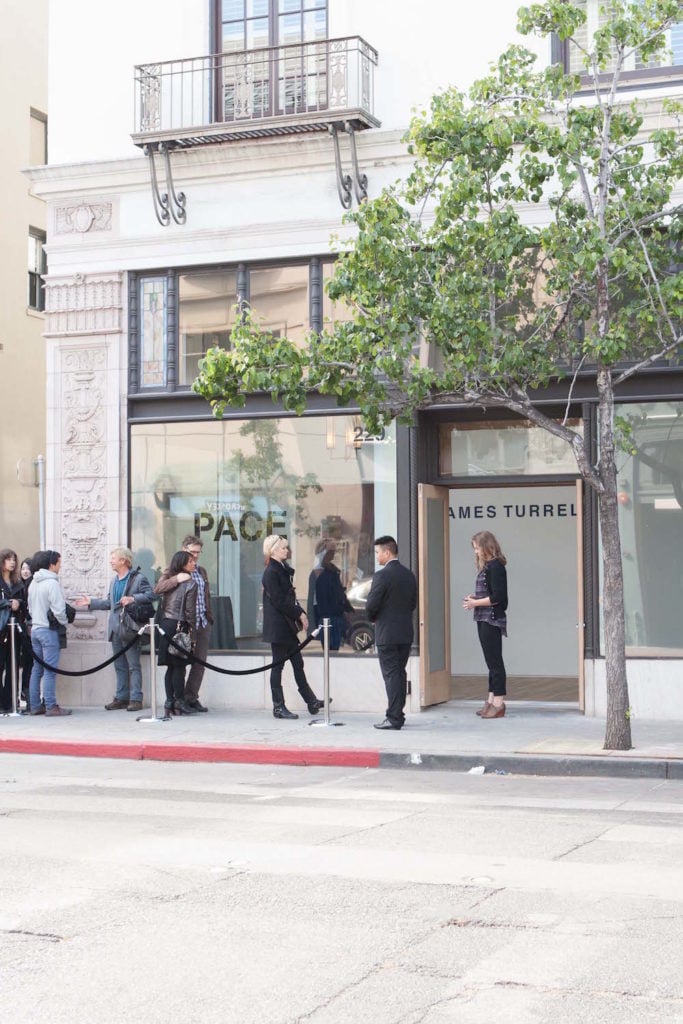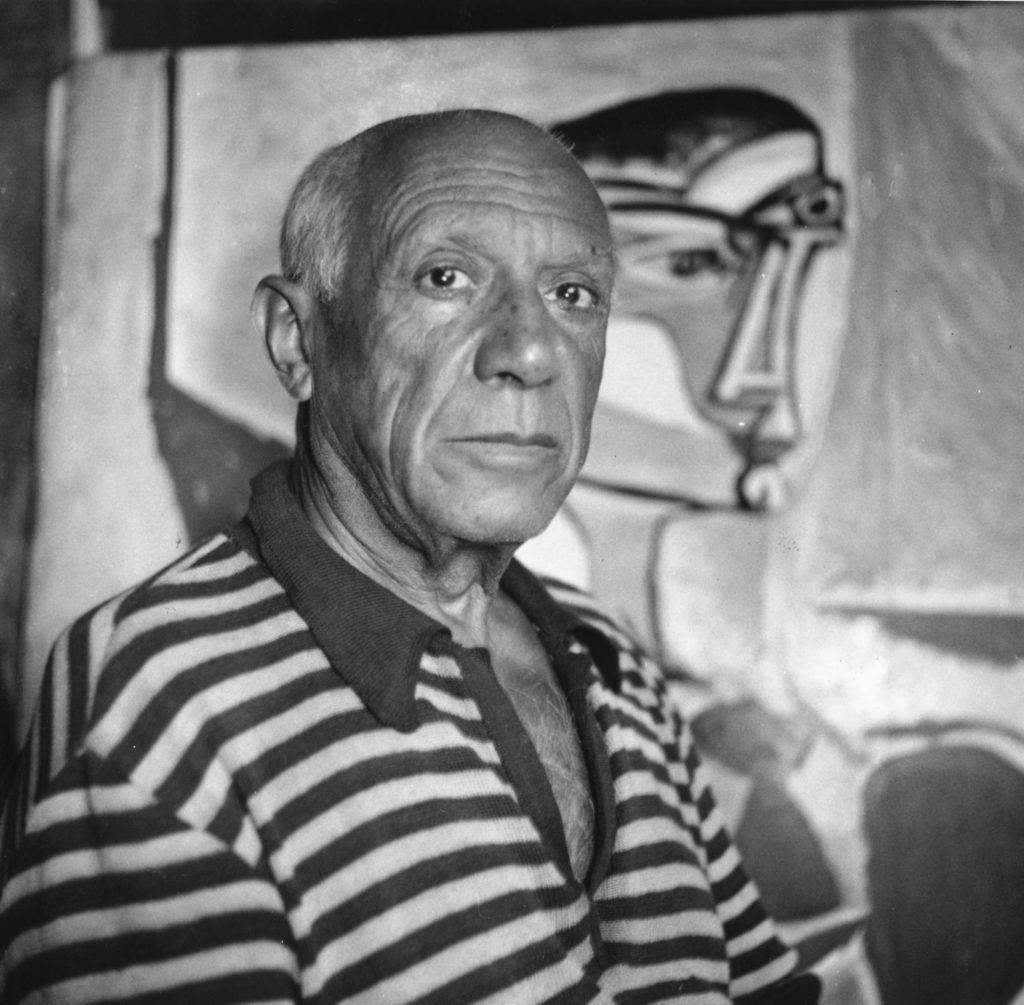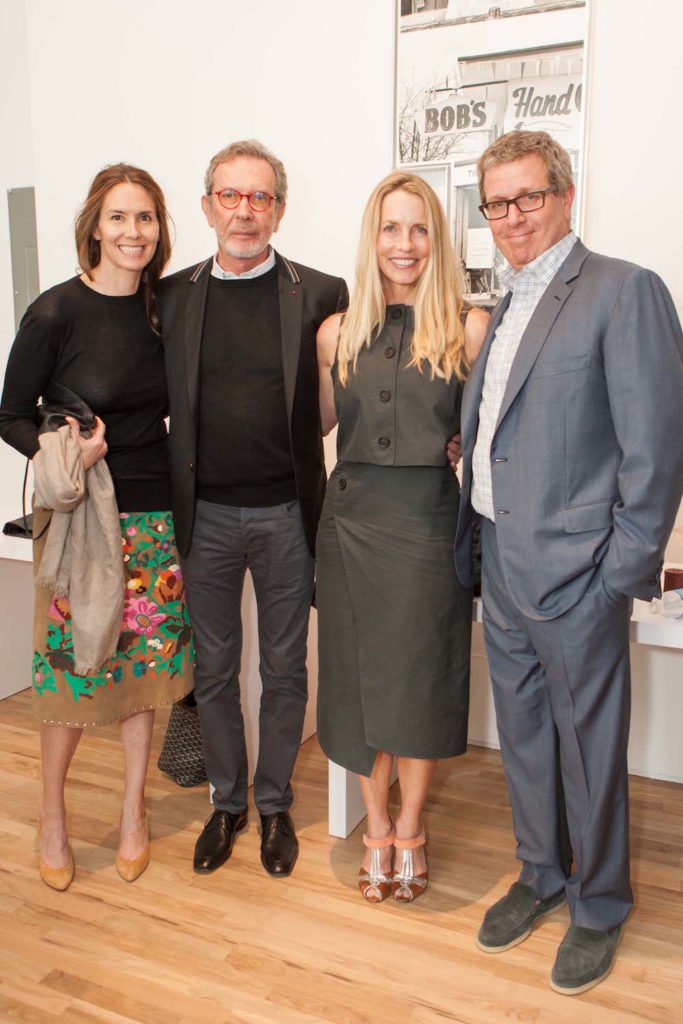Galleries
Will Tech Billionaires Pay Up for Picasso? Pace’s Latest Show Brings the Artist’s Work to Facebook and Google’s Doorstep
The gallery is marking its fifth anniversary in the city by organizing its first-ever major Picasso exhibition.

The gallery is marking its fifth anniversary in the city by organizing its first-ever major Picasso exhibition.

Eileen Kinsella

Less than two months after unveiling its brand new global headquarters in Chelsea, mega-gallery Pace is gearing up for another first on the opposite side of the country. The gallery is opening a major career-spanning show of Pablo Picasso (“Seeing Picasso: Maker of the Modern,” November 2–February 16) at its Palo Alto branch in the heart of Silicon Valley.
Pace trumpets the show as the first ever presentation of the artist’s work in the city, and the first monographic exhibition of his work in the Bay Area in nearly a decade. It is also the latest big swing in Pace’s ongoing effort to tap into—or, more accurately, help cultivate—a Silicon Valley art market.
“We found a place where everyone said, ‘They have no interest in art,'” the gallery’s president Marc Glimcher says of what he likes to call “the mid-Peninsula” over Silicon Valley. “We found the opposite of what everyone told us. They have an amazing, huge interest in art.”

James Turrell opening at Pace’s Palo Alto location in April 2016. Photo by Drew Altizer Photography.
Since Pace first opened its Palo Alto branch in 2016, its activities have been closely watched among those who have struggled to break into a region that’s home to some of America’s biggest and fastest-growing fortunes. (Although it’s only had a brick-and-mortar space there for three years, the gallery is marketing the Picasso exhibition as its fifth anniversary in the city based on a pop-up space it opened in 2014, followed by a widely attended TeamLab presentation at a Tesla dealership in Menlo Park.)
The Picasso show is a costly, time-consuming effort. Glimcher spent 18 months working on the project, initially with support from Bernard Ruiz-Picasso, the artist’s grandson and founder with his wife, Almine Rech, of Fundación Almine y Bernard Ruiz-Picasso para el Arte, and later in the process, with Picasso’s granddaughter, Diana Widmaier Picasso. Both were instrumental in securing important loans, Glimcher said.
In a strategic nod to both the local art scene and approachability, Glimcher also secured Stanford University professor Alexander Nemerov, chair of the art history department, to create a digital audio-visual tour.

Spanish artist Pablo Picasso (1881–1973) in front of one of his paintings at home in Cannes. Photo by George Stroud/Getty Images.
The chronological survey of Picasso features just over 35 works, including paintings, works on paper, sculptures, and ceramics that reflect the artist’s major innovations. Only a handful are for sale; the gallery declined to disclose prices. Works on view include Le Fou (1905); The Dead Casagemas (1901); Standing Woman (1912); Couple on the Beach (1928); Head of a Woman (1946); and Woman with a Flower (1932).
Picasso is widely known as a gateway drug for wealthy collectors who aren’t sure where else to begin. (That’s part of why so many auction houses and galleries launch their presences in Asia with Picasso presentations.) But not everyone is confident the approach will play in Silicon Valley.
“I literally scratched my head when I got the email blast,” says one collector. “A non-saleable Picasso show doesn’t make sense. Who is Pace trying to get? Presumably people they want to engage with who are sub-40 or sub-45 and other major collectors? None of them are buying Picasso.” Another observer wondered whether this was really the right time for a high-profile exhibition of Picasso—a dead, white man who few would deny had a pretty extreme case of misogyny.
But Glimcher is convinced that tech workers will be entranced by the artist’s role as one of art history’s chief innovators and rule-breakers. “To me, he was the artist who redefined what it means to be an artist in the 20th-century; an artist as a revolutionary, a superstar… someone who has impact all around the world,” Glimcher says. “Where could possibly be more appropriate to bring that back into focus than a place where people’s lives are devoted to rethinking how to think?”

L to R: Fairfax Dorn, Arne Glimcher, Laurene Powell Jobs, and Marc Glimcher at the opening of Pace Palo in 2016. Photo by Drew Altizer Photography.
The subject is also personal for Glimcher: Picasso was the subject of one of his first-ever shows, organized in connection with dealer Matthew Marks. Glimcher jokes he was “brainwashed into Picasso at a very young age.”
The show is also partly a strategic attempt to appeal to busy potential buyers who have the spare change to buy art but don’t invest weeks and thousands of dollars traveling to major art fairs or events around the world. “There are a lot of people who want the exposure but they don’t necessarily have the ability to go to every fair and museum opening or constantly travel to New York and London,” Glimcher says. “This is an incredibly smart bunch of people who can soak up a lot from shows we can present there.”
“Seeing Picasso: A Maker of the Modern” is on view at Pace Palo Alto through February 16, 2020.